How to Heal Wounds Safely and Quickly With Our New OTC Silver Gel
If you’ve ever learned how to ride a bike, the odds are that you’ve also experienced a scraped knee (or two). Granted, we often learn how to ride bicycles as kids, so the responsibility of treating said scraped knee(s) fell on whoever had the pleasure of teaching us just to trust ourselves (because ultimately that’s what learning how to ride a bike is all about).
Fast forward to adulthood, where we now have to care and provide for ourselves (as in cook every meal). Between all the chopping and use of ovens and stoves, it’s a challenge to learn how to do so in a safe (and injury-free) way.
The bottom line is that if you’re human, you’ve had some minor scrapes, cuts, and burns throughout your life. It just comes with the territory. (And if you haven’t, what’s your secret?)
So, what’s one to do with all of these minor inconveniences? Basically, you want to prevent unwanted outsiders (dirt, bacteria, etc.) from getting through that now broken skin and let the wound heal.
If you’re wondering the best way to heal your wounds safely and quickly, then keep reading to find out why treating your injuries with silver could help you do just that.
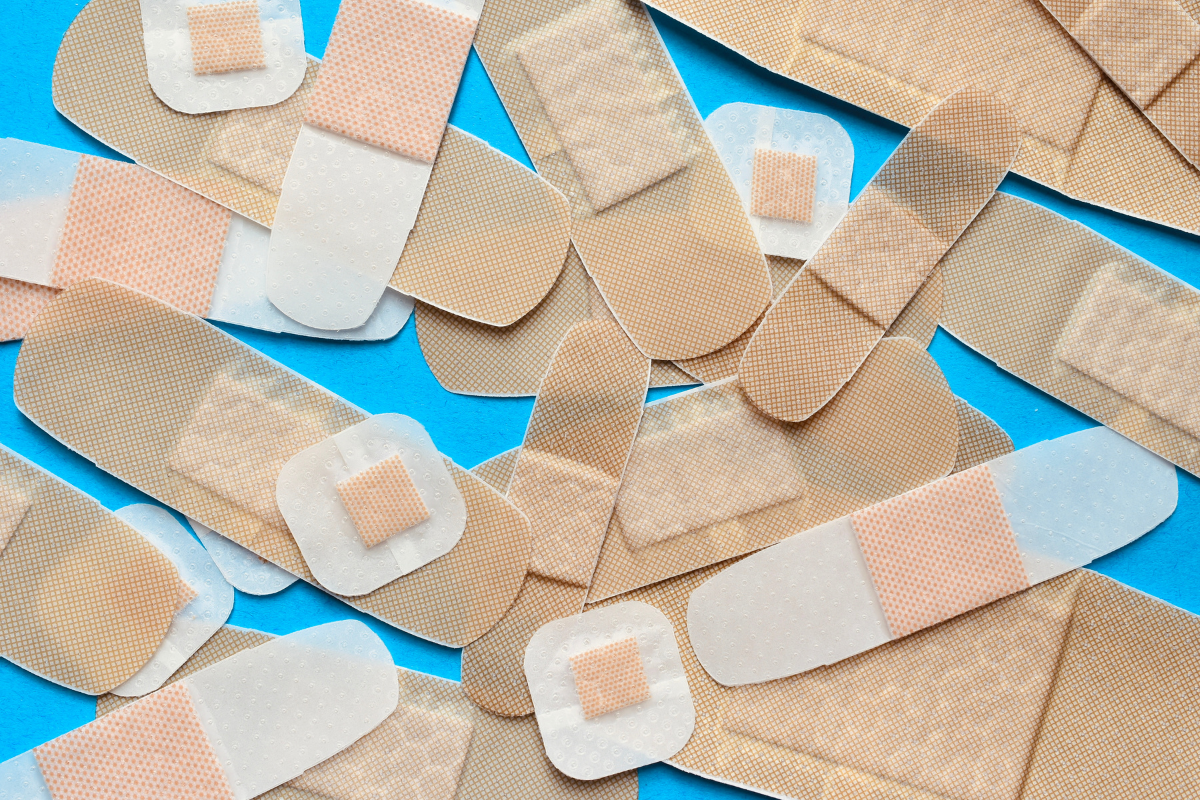
What is an infection?
But first, we need to talk about germs and infections. According to the CDC, “An infection occurs when germs enter the body, increase in number, and cause a reaction of the body.”
Okay, so what is a germ? A germ is a microorganism that causes a disease, like an infection. Another term you may have heard of is a pathogen. A pathogen is a type of bacteria, virus, or another microorganism that can cause disease.
Signs of an infected wound may include pain, redness, and swelling.
The whole point of treating a minor wound is to prevent an infection. What you do immediately after a scrape or cut can significantly lower the chance of it becoming infected. You want to help your body do what it does best, heal itself.
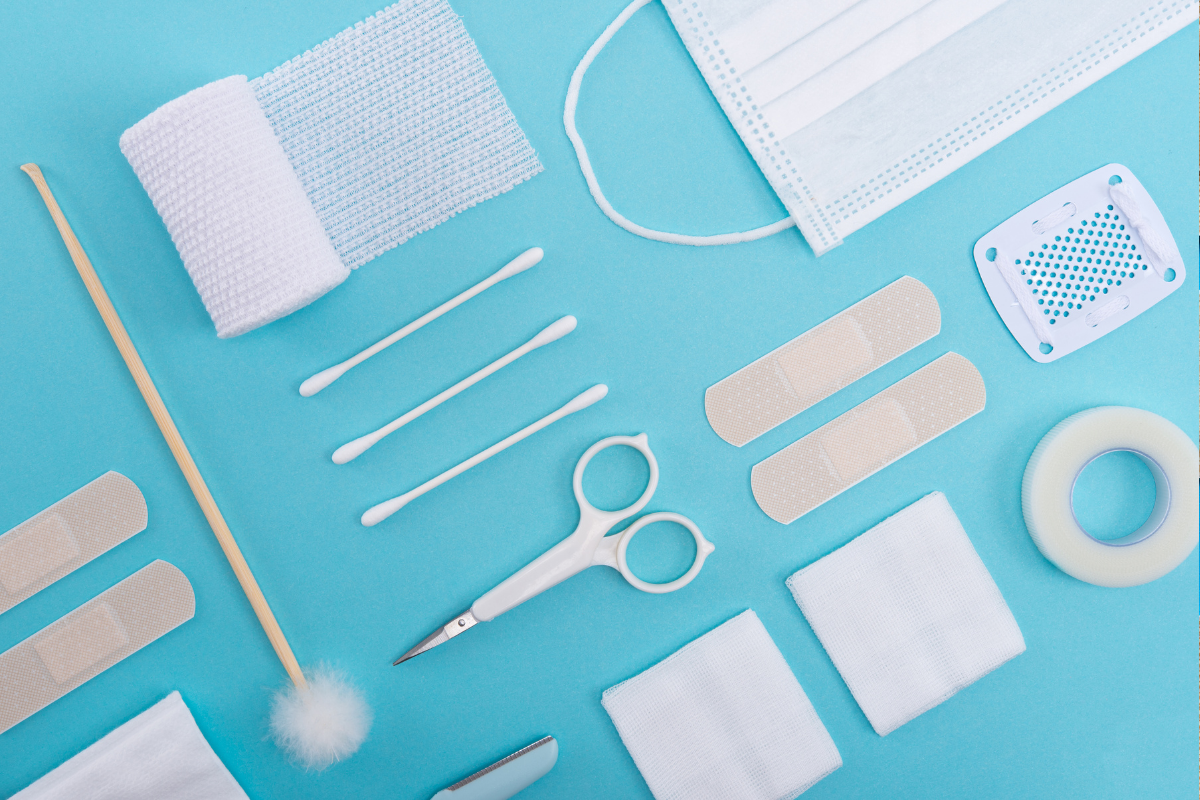
How does your body heal its wounds?
The body is an incredible piece of machinery. When left to its own devices, it has the astonishing ability to heal itself. Of course, it’s not instantaneous. It takes time to work its magic.
That being said, the healing process does begin the moment the wound is made. Depending on the severity of the injury, your skin may or may not form a scab. This is your body’s way of protecting itself from germs while it heals from the inside out. (And as tempting as it can be to pick scabs, try and avoid doing so as this will likely increase healing time as well as cause bleeding.)
You can think of your skin as your body’s first line of defense against pathogens. And since we’ve already passed that one, we’re now entering into phase two territory. Part of this second line of defense involves the inflammatory response, leading to the pain, redness, and swelling mentioned above.
Basically, the damage to your skin causes a release of chemicals, signaling increased blood flow and subsequently white blood cells (whose main job is to fight those nasty pathogens).
Unfortunately, we can’t just wave a magic wand and achieve instant healing. Until then, there are a few things we can do to stack the deck in our favor.
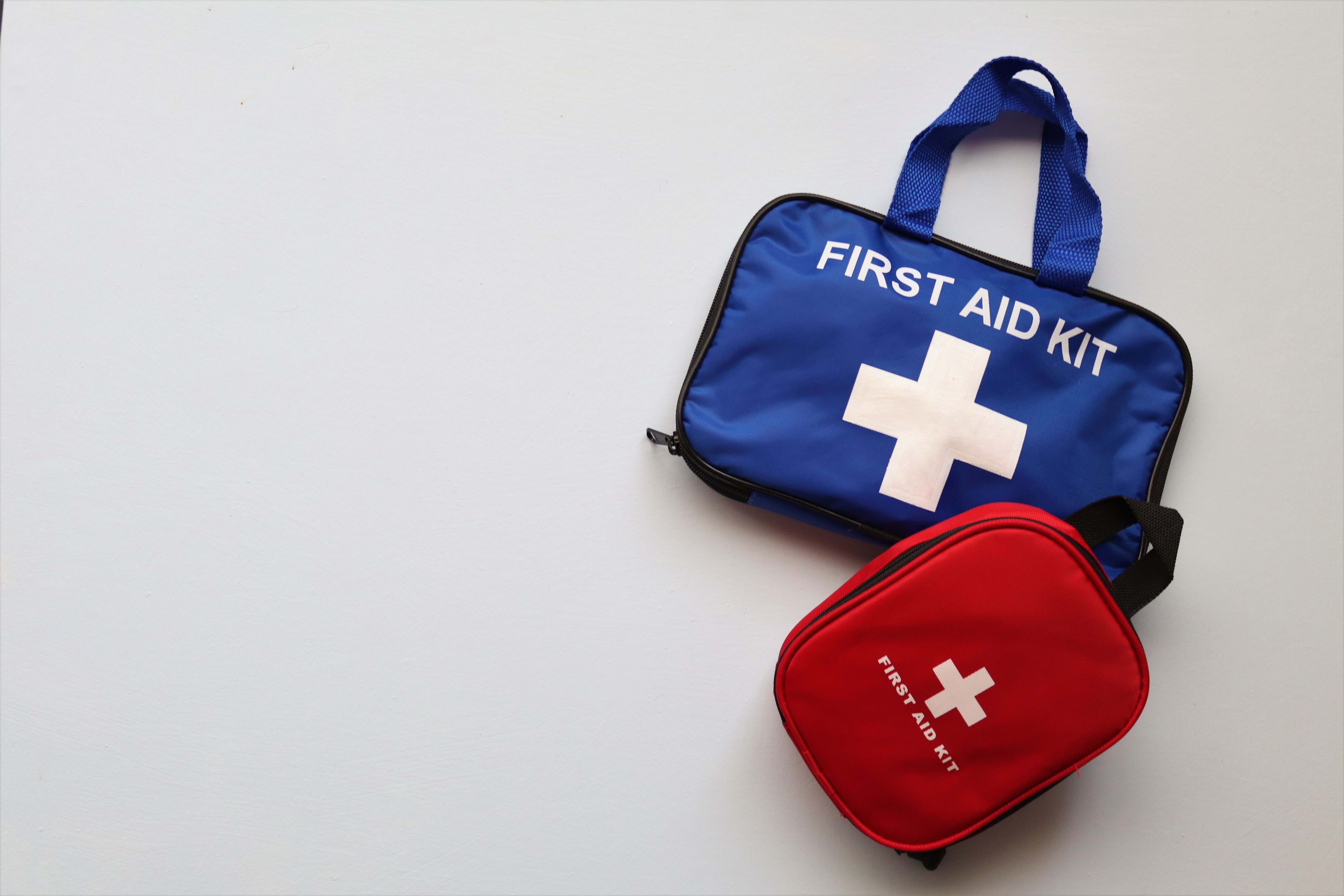
Let’s talk about some basic wound treatment
When presented with a minor wound, you can do one of three things:
- Do nothing
- Clean the area and let it air out
- Clean the area and cover with a bandage (with or without ointment)
While doing nothing is probably only the right move for the most minor of wounds (think a light scratch while playing with your cat, for example), knowing when to do air out or cover with a bandage can determine how quickly or slowly your wound heals. (Hint: it depends on the severity of the wound.)
Bandages can act similarly to scabs in that they help keep pathogens out while the body does its incredible healing magic trick. They also provide a moist environment that promotes healing by keeping the newly forming skin and cells alive. Airing out a wound that should be covered may slow down the healing process by drying out those new cells.
Basic first aid steps for minor scrapes and cuts:
- Wash your hands
- Stop the bleeding with a clean cloth
- Clean the wound by rinsing with water and removing any debris
- Apply your topical antibiotic ointment (or silver gel)
- Cover the wound with an adhesive bandage or gauze and paper tape if needed
- Change the dressing as needed and at least once a day
- Consider a tetanus shot if needed
- Keep an eye out for those signs of infection
If you’re unsure about determining the severity of your wound and which steps to take, consult your healthcare provider for guidance. If you cannot stop the bleeding, you do not have a minor injury and should seek emergency care immediately.
A quick note about burns
Burns may appear different from scrapes and cuts which break the skin, but they (as in minor burns) heal similarly. The blister that forms does the job of a scab from a cut by creating a safe place for that magical healing. So don’t pop that blister!
Keep in mind that burns vary in severity (first, second, and third-degree). The treatment will depend on how bad the burn is, how much skin is affected, and the cause (chemical, heat, sun, and radiation). You can find more information about the types of burns and appropriate treatment under our Sources section at the end of this post.
Please consult your healthcare provider or seek immediate medical attention if you’re unsure which type of burn you have or how it should be treated.
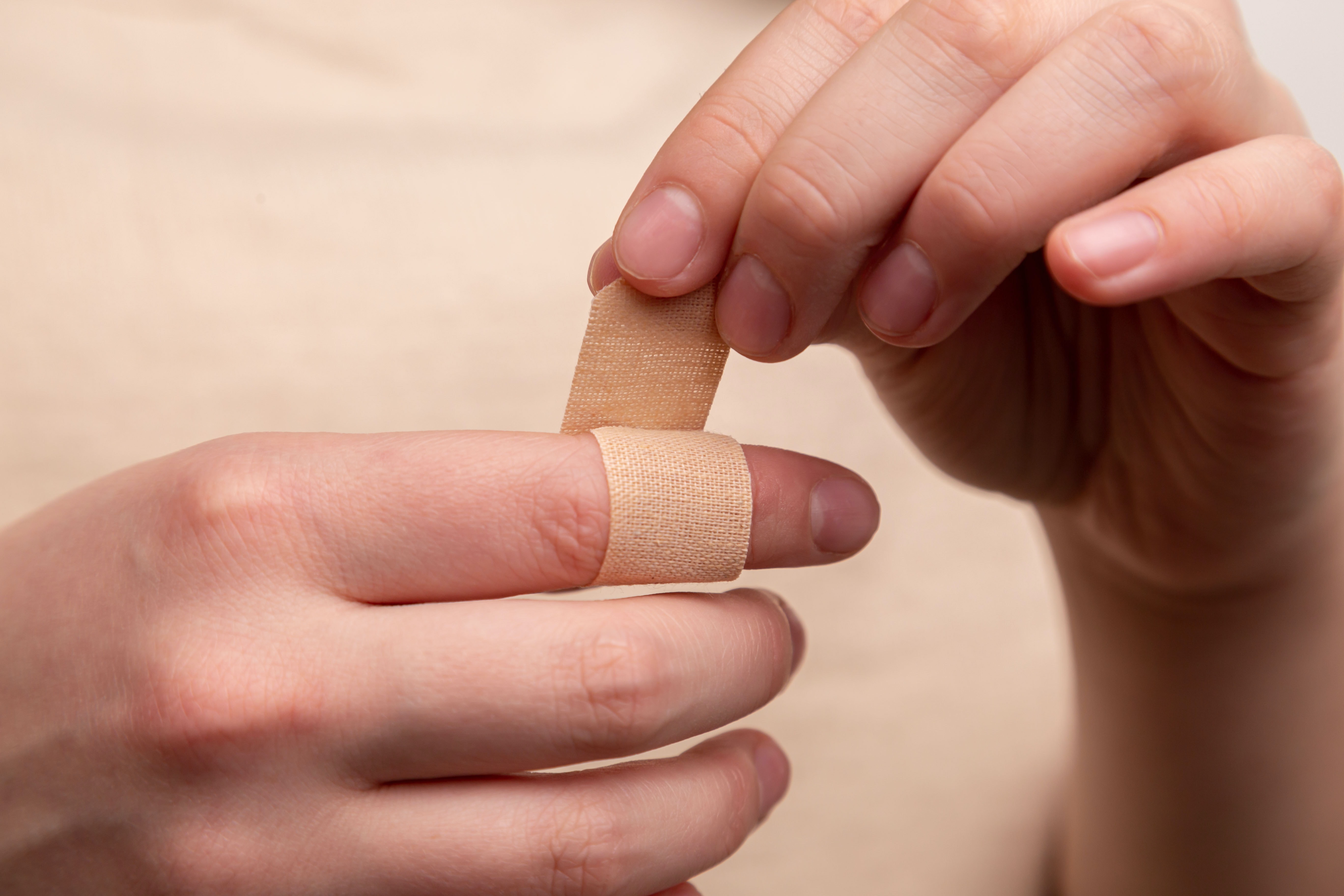
Why use silver for wound care?
If you’ve never heard of using silver for wound care, this may seem like an unconventional treatment. However, silver products are often used in healthcare settings to treat wounds due to the antimicrobial characteristic of silver.
Based on a study in 2019 which analyzed the use of silver in 59 studies, researchers determined that higher-quality silver research is needed (like many studies) to provide further evidence on using silver in treating wounds. However, it did find that the best results were from when “dressings containing nanocrystalline silver” were used short-term in infected wounds (for the first few days/weeks).
Since we’re talking about minor wounds that don’t typically need to be treated longer than a few days or weeks anyway, using a wound gel containing silver could be the way to treat an infected wound and prevent your wound from getting infected. And since silver was used to treat infections before the development of antibiotics, it’s a good option for those who want to pursue more natural treatments.
Our OTC Silver Gel has been shown to reduce the number of organisms such as Pseudomonas aeruginosa, Staphylococcus aureus (including MRSA), Candida albicans, Escherichia coli, and VRE (and is the only one that has been FDA approved to make this statement).
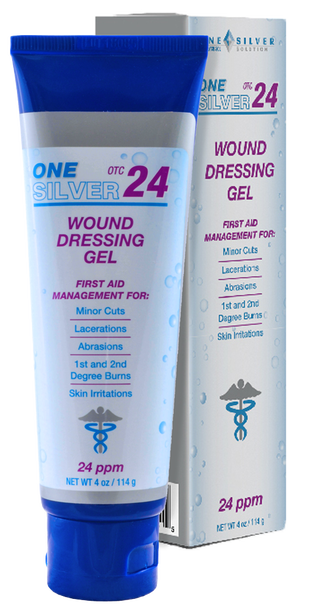
While the causes of our minor scrapes, cuts, and burns may change over the years (thanks to increased coordination and learning from past mistakes), part of being human is getting minor (and annoying) injuries that often need a bit of attention.
Having to deal with germs and pathogens is also something that isn’t likely to go away anytime soon.
So if you’re thinking about creating or updating your first aid kit (or shelf of gauze and bandages), consider adding our OTC Silver Gel into the mix.
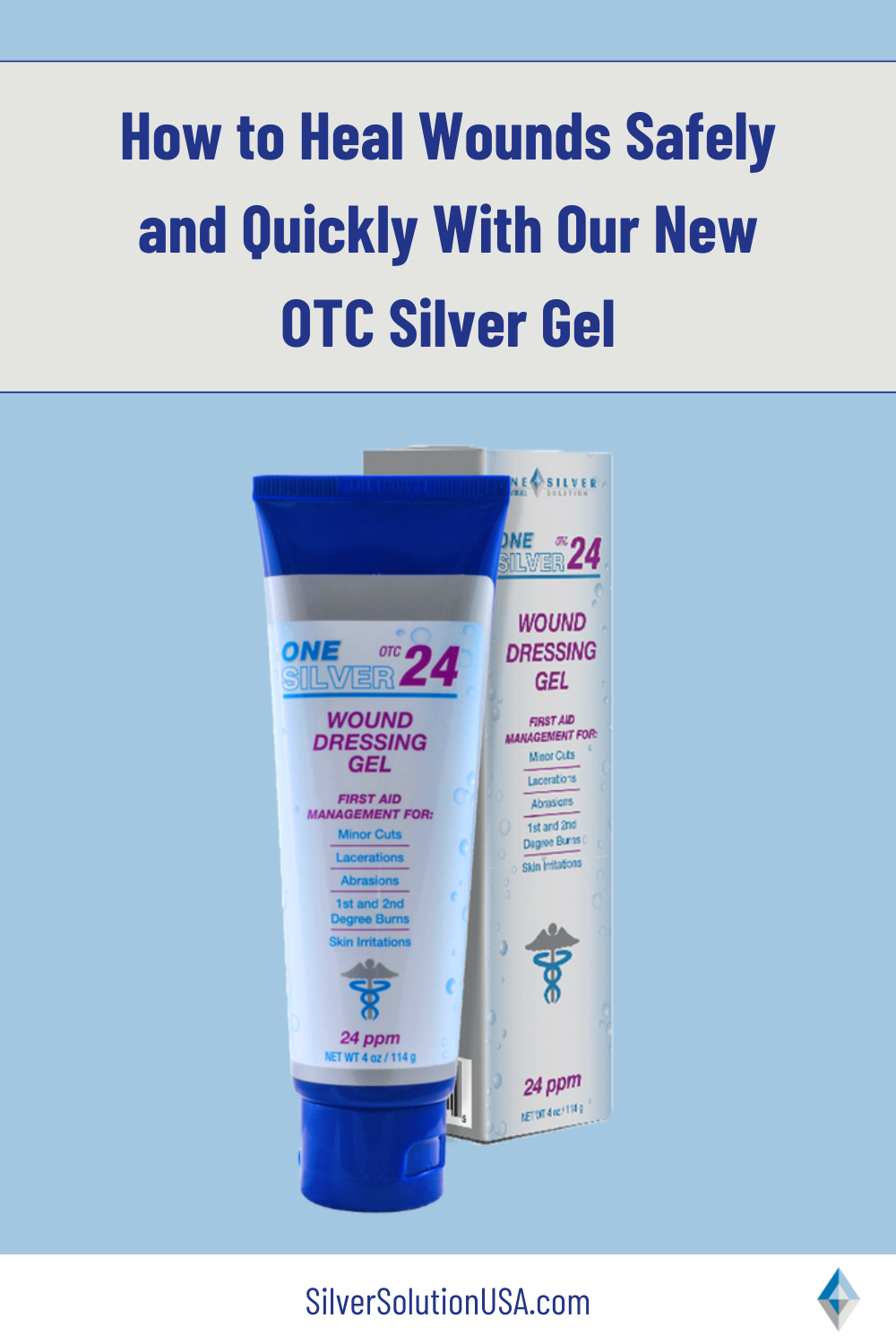
Health/Medical Disclaimer
This blog post does not provide health or medical advice. This blog post is for informational and educational purposes only and is not a substitute for professional health or medical advice. Before taking any actions based upon such information, we encourage you to consult with the appropriate medical and healthcare professionals. We do not provide any kind of health or medical advice. The use or reliance of any information contained on this blog is solely at your own risk.
Sources
https://www.ncbi.nlm.nih.gov/pmc/articles/PMC6756674/
https://www.ncbi.nlm.nih.gov/pmc/articles/PMC7557923/
https://www.ncbi.nlm.nih.gov/pmc/articles/PMC6719912/
https://pubs.rsc.org/en/content/articlelanding/2020/nr/c9nr08234d
https://www.cdc.gov/infectioncontrol/spread/index.html
https://www.healthline.com/health/scraped-knee#healing-process
https://www.ck12.org/c/life-science/inflammatory-response/lesson/Inflammatory-Response-MS-LS/
https://health.clevelandclinic.org/cover-wound-air/
https://www.mayoclinic.org/first-aid/first-aid-cuts/basics/art-20056711
https://www.ncbi.nlm.nih.gov/pmc/articles/PMC6756674/
https://www.mayoclinic.org/first-aid/first-aid-burns/basics/art-20056649
https://www.nigms.nih.gov/education/Documents/BurnsFactSheet_Final.pdf
Recent Posts
-
Are sunscreen ingredients harmful?
Sunny days can bring a lot of fun. Going out for a swim, spending time in nature, or relaxing on the …18th Mar 2024 -
The Veggie Debate: Does Cooking Vegetables Destroy Nutrients and the Best Ways to Cook Them
Vegetables are one of the healthiest foods you can choose. Some people downright hate them, while so …4th Mar 2024 -
Best Foods for COVID Recovery and Prevention
A few years ago, a new virus took the world by surprise. COVID-19 may look like the flu on the surfa …19th Feb 2024




